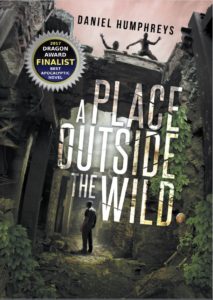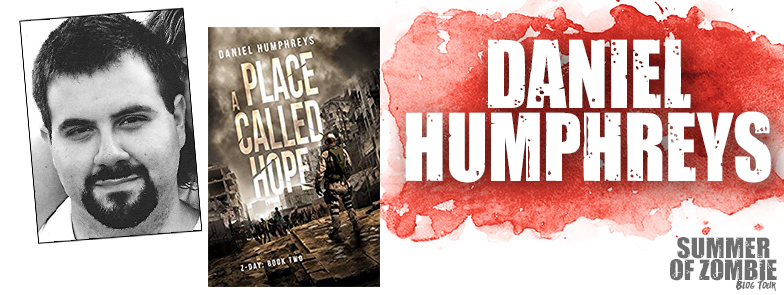by Daniel Humphreys
It’s not hyperbole to say that zombies are pretty much everywhere. The post-apocalyptic book category on Amazon is loaded up with zombie fiction. There are movies galore, sequels planned, and a trailer for a new project drops pretty much every day.
 We’ve got two Walking Dead shows, Z-Nation, iZombie, and my particular favorite, Santa Clarita Diet. While all of these various works all hold zombies in common, if you look at them outside of that plot aspect, they all differ greatly. The Walking Dead shows are more intense dramas, whereas Z-Nation is zany and madcap. Santa Clarita Diet has elements of horror, but it’s very much a comedy—sort of like Desperate Housewives with a splash of the zombie apocalypse.
We’ve got two Walking Dead shows, Z-Nation, iZombie, and my particular favorite, Santa Clarita Diet. While all of these various works all hold zombies in common, if you look at them outside of that plot aspect, they all differ greatly. The Walking Dead shows are more intense dramas, whereas Z-Nation is zany and madcap. Santa Clarita Diet has elements of horror, but it’s very much a comedy—sort of like Desperate Housewives with a splash of the zombie apocalypse.
That variation is, in my mind, the great strength of zombies as a storytelling element. Like a good utility player in baseball, zombies can work for all sorts of stories. They can serve as cannon fodder in a film or book like World War Z, produce laughter in Shaun of the Dead, and even—weird as it sounds—serve as romantic interests in the (admittedly great) Warm Bodies.
The sort of cultural familiarity that makes the zombie a plug-and-play story element didn’t just happen overnight, of course. For whatever reason, in the 80’s and 90’s European terrorists were more likely to be the villain of choice. Think about how many times you’ve heard the Die Hard elevator pitch in terms of an upcoming movie. “This is Die Hard on a bus,” “this is Die Hard on a plane,” “Die Hard on a battleship,” etc.
There is any number of reasons for this, of course. I’ve jokingly said that zombies are kind of like Nazis—we know they’re bad going in. The Dead Snow series of movies (as well as Call of Duty) just doubled-down on this. In that regard, they’re the perfect antagonist. No one’s going to complain if you depict someone shooting a Nazi or zombie in the face.
In terms of horror movies vampires used to be the go-to, but thanks to Anne Rice and the Twilight books, we’re supposed to regard vampires as tragic romantic figures rather than ambulatory mosquitoes.
There’s obviously more to it, of course. I think the main factor has to be the fact that, more often than not, the zombie is a blank slate, a creature of instinct and action rather than motivation. We don’t need a backstory about why the zombie wants to do what it does—to paraphrase Hooper in Jaws, “all they do is walk and eat and more zombies.” In an ever-more hectic world, the less time you have to invest in exposition is more time spent on the meat of the story. Zombies on a train? Got it. Let’s go.
In the end, it’s an aspect that works out well for both creators as well as consumers of entertainment. And unless some dark soul bestows a zombie Twilight on us, I think we’ll have zombies to kick around for a long, long time.






